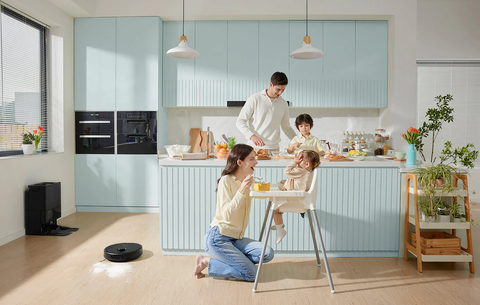Introduction:
Embarking on the journey of creating a kitchen garden is not just about growing your own food; it’s about cultivating a space that is both functional and aesthetically pleasing. With a bit of creativity and thoughtful planning, you can design a kitchen garden that not only yields a bountiful harvest but also adds beauty and charm to your outdoor space.
Maximizing Space:
One of the key principles of creative kitchen garden design is maximizing space. Whether you have a small urban plot or a sprawling backyard, there are numerous techniques you can use to make the most out of your available space. Consider vertical gardening, raised beds, and interplanting to maximize your growing area without sacrificing productivity.
Companion Planting:
Companion planting is another strategy that can enhance the productivity of your kitchen garden. By planting compatible crops together, you can improve soil fertility, deter pests, and promote healthy growth. For example, planting basil alongside tomatoes can improve the flavor and yield of both crops, while marigolds can help repel pests like aphids and nematodes.
Crop Rotation:
Crop rotation is a fundamental practice in sustainable gardening that can help maintain soil health and prevent nutrient depletion. By rotating crops each season, you can minimize the risk of soilborne diseases and pests while optimizing nutrient uptake. Divide your garden into designated planting areas and rotate crops according to their families to ensure optimal results.
Functional Design Elements:
In addition to maximizing productivity, a well-designed kitchen garden should also incorporate functional elements that make gardening easier and more enjoyable. Consider adding pathways, seating areas, and storage solutions to streamline your gardening tasks and create a welcoming outdoor space. Incorporating trellises, arbors, and other vertical structures can also add visual interest and support climbing crops.
Seasonal Variety:
To keep your kitchen garden productive year-round, be sure to include a variety of crops that thrive in different seasons. Plant a mix of cool-season and warm-season vegetables, herbs, and fruits to ensure a continuous harvest throughout the year. Incorporating perennial plants like berries, fruit trees, and herbs can also provide year-round interest and reduce the need for replanting.
Water-Efficient Design:
Water conservation is an important consideration in kitchen garden design, especially in regions with limited water resources. Incorporate water-efficient design elements such as drip irrigation, mulching, and rainwater harvesting to minimize water waste and promote healthy plant growth. Grouping plants with similar water needs together and avoiding overwatering can also help conserve water and reduce your environmental impact.
Pollinator-Friendly Features:
Attracting pollinators to your kitchen garden is essential for maximizing fruit set and ensuring a healthy harvest. Incorporate pollinator-friendly features such as native plants, flowering herbs, and insect hotels to create a welcoming habitat for bees, butterflies, and other beneficial insects. Avoid using pesticides and synthetic fertilizers that can harm pollinators and other beneficial organisms.
Creative Edible Landscaping:
Incorporating edible plants into your landscape design can add beauty and functionality to your outdoor space. Mix ornamental plants with edible varieties to create a visually stunning and productive garden that is both practical and aesthetically pleasing. Consider incorporating edible flowers, herbs, and fruiting shrubs into flower beds, borders, and containers to create a diverse and dynamic landscape.
Continuous Improvement:
Finally, remember that creating a kitchen garden is an ongoing process of learning and experimentation. Don’t be afraid to try new techniques, varieties, and design ideas to see what works best for your space and climate. Keep a garden journal to track your successes and failures, and use this information to refine your garden design and improve productivity year after year.
Conclusion:
In conclusion, designing a creative kitchen garden is about more than just planting seeds; it’s about creating a space that is both productive and beautiful. By maximizing space, incorporating companion planting, and embracing functional design elements, you can create a kitchen garden that not only yields a bountiful harvest but also adds beauty and charm to your outdoor space. With careful planning and a bit of creativity, you can create a kitchen garden that will provide you with fresh, healthy food for years to come. Read more about layout of kitchen garden





